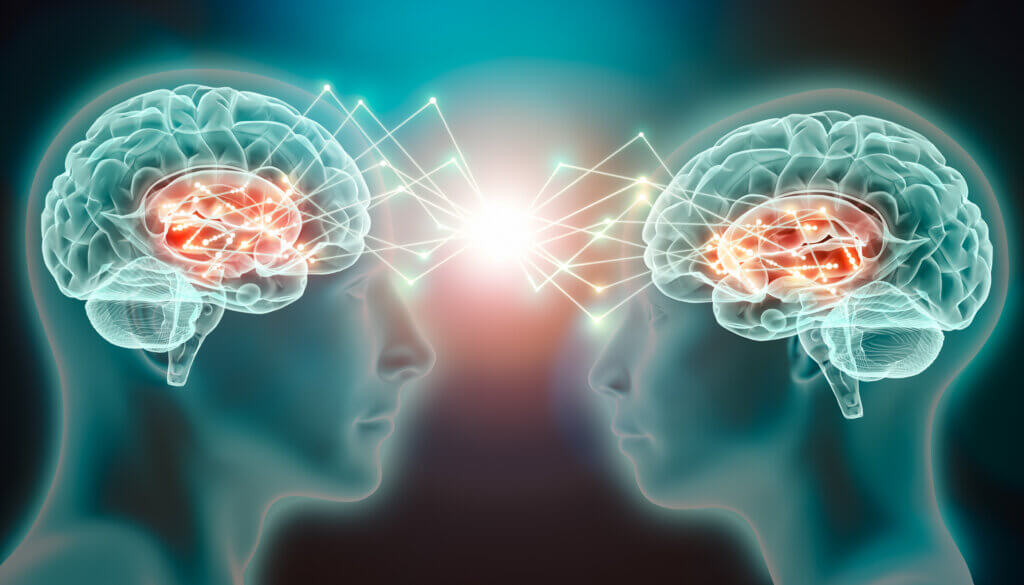Have you ever wondered what makes some leaders excel at guiding their teams to success? A groundbreaking study by researchers from Beijing Normal University may have the answer, and it all comes down to the power of social bonding.
The study, published in the journal PLOS Biology, involved 176 groups of three individuals who had never met before. Each group chose a leader, creating a triad of one leader and two followers. The participants then strategized together and played economic games that tested their willingness to make sacrifices for their group or to harm other groups.
But here’s where it gets interesting: the researchers used functional near-infrared spectroscopy (fNIRS) to measure brain activity while the participants communicated face-to-face. And what they discovered was fascinating.
Bonded groups, who had gone through a session designed to build familiarity and unity, communicated more frequently and rapidly than groups that didn’t experience this bonding. And the bonding effect was even stronger between leaders and followers than between two followers.

So, what’s happening in the brain during these bonded interactions? The study revealed that neural activity in two specific brain regions, the right dorsolateral prefrontal cortex (rDLPFC) and the right temporoparietal junction (rTPJ), aligned between leaders and followers who had bonded. These regions are known to be involved in social interaction and perspective-taking.
The synchronization of neural activity in these regions suggests that bonded leaders may be actively anticipating and considering the mental states of their followers during group decision-making. This alignment of brain activity could be the key to more effective communication and coordination within the group.
“Social bonding increases information exchange and prefrontal neural synchronization selectively among individuals with different social statuses, providing a potential neurocognitive explanation for how social bonding facilitates the hierarchical structure of human groups,” the authors explains.
But why does this matter? Well, understanding the neuroscience behind effective leadership could revolutionize the way we approach team-building and organizational success.
Imagine if organizations incorporated bonding activities and team-building exercises to enhance the sense of unity and shared purpose among team members. Or if leaders were trained to actively consider the perspectives and mental states of their followers, promoting empathy and understanding within the group.
The implications are huge, and not just for the business world. From sports teams to political parties, understanding the power of social bonding in hierarchical groups could lead to more efficient communication, better decision-making, and ultimately, greater success.
So, the next time you’re in a leadership position, remember: it’s not just about giving orders and delegating tasks. It’s about building bonds, understanding your team, and synchronizing your brains for success.
Who knew that the secret to strong leadership was hiding in our neurons all along?












